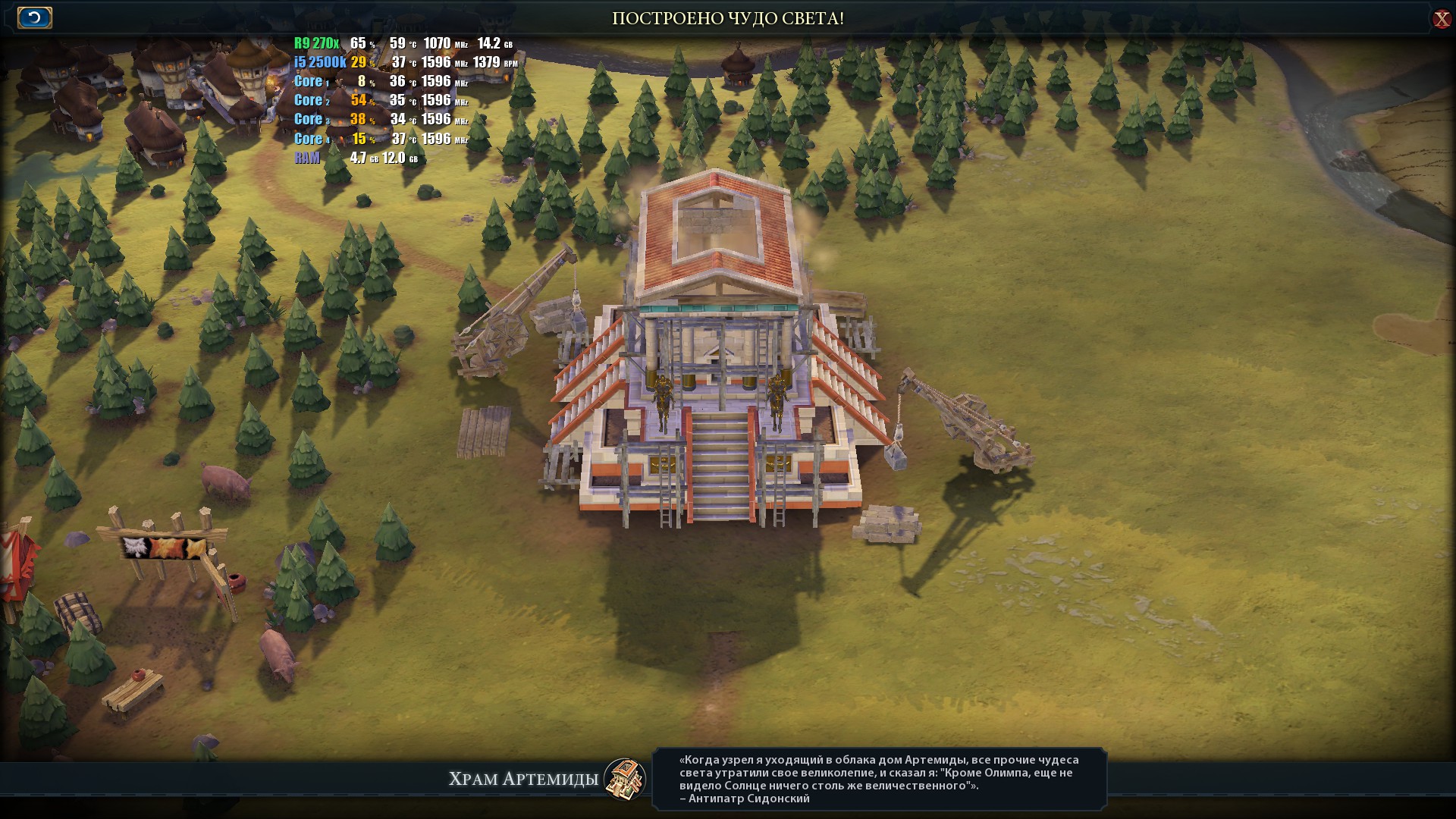

įollowing the unification of the city-states in Assyria and Sumer by Sargon of Akkad into a single empire ruled from his home city circa 2334 BC, common Mesopotamian standards for length, area, volume, weight, and time used by artisan guilds in each city were promulgated by Naram-Sin of Akkad (c. Often these rules made it difficult or impossible for women, immigrants to the city, and non-Christians to run businesses working in the trade. These rules reduced free competition, but sometimes maintained a good quality of work. There might be controls on minimum or maximum prices, hours of trading, numbers of apprentices, and many other things. Typically the key "privilege" was that only guild members were allowed to sell their goods or practice their skill within the city. Guild members found guilty of cheating the public would be fined or banned from the guild. A lasting legacy of traditional guilds are the guildhalls constructed and used as guild meeting-places. They sometimes depended on grants of letters patent from a monarch or other ruler to enforce the flow of trade to their self-employed members, and to retain ownership of tools and the supply of materials, but were mostly regulated by the city government. The earliest types of guild formed as organizations of tradesmen, belonging to: a professional association, a trade union, a cartel, and/or a secret society. The Syndics of the Drapers' Guild by Rembrandt, 1662.Ī guild / ɡ ɪ l d/ is an association of artisans and merchants who oversee the practice of their craft/trade in a particular area.


 0 kommentar(er)
0 kommentar(er)
